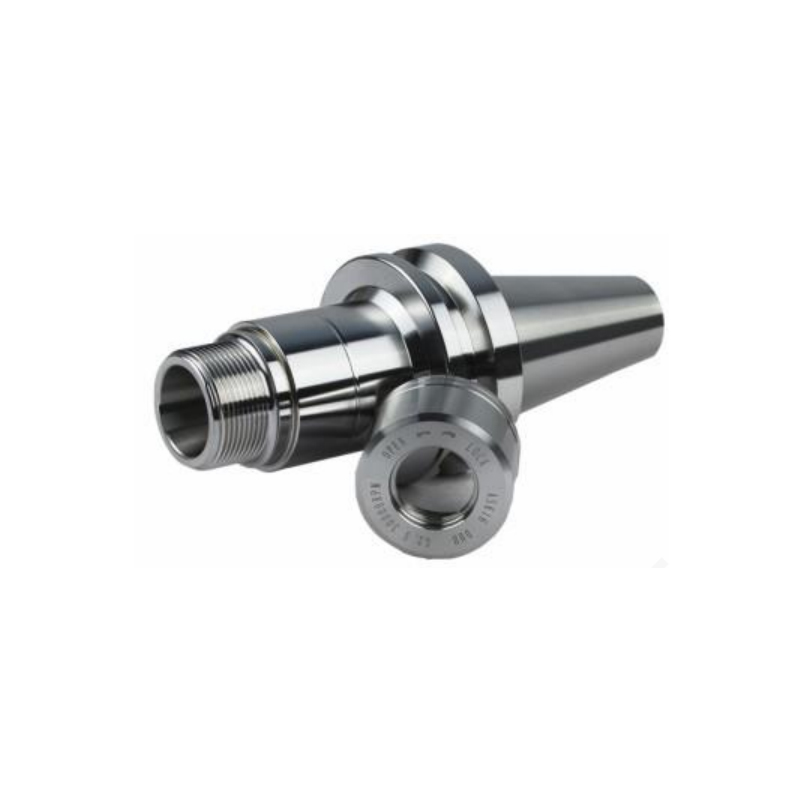In various industries, pumps play a crucial role in fluid transfer and circulation. However, not all pumps are created equal. Mechanical pumps and electrical pumps are two distinct types, each with its own set of advantages and applications. In this blog post, we will delve into the differences between these two pump types, exploring their mechanisms, functionalities, and key considerations for selecting the most suitable option for specific industry needs.
- Mechanism:
Mechanical Pumps:
Mechanical pumps, also known as centrifugal pumps, rely on mechanical energy to transport fluids. They utilize rotating impellers to create centrifugal force, which propels the fluid through the pump. The impellers draw in the fluid and increase its velocity, resulting in pressure buildup and subsequent discharge.
Electrical Pumps:
In contrast, electrical pumps, such as submersible pumps, employ electrical energy to transfer fluids. These pumps consist of an electric motor that drives an impeller or propeller, generating the necessary force to move the fluid. Electrical pumps are often submerged in the fluid they are pumping, allowing for efficient and continuous operation.
- Functionality:
Mechanical Pumps:
Mechanical pumps excel in applications requiring high flow rates and low to moderate pressure. They are commonly used in industries such as water supply, wastewater treatment, and HVAC systems. Their robust design and ability to handle large volumes make them suitable for transferring liquids with minimal solids content.
Electrical Pumps:
Electrical pumps are ideal for applications demanding precise control, variable flow rates, and high-pressure capabilities. They find extensive use in industries like oil and gas, chemical processing, and agriculture. Submersible electrical pumps are particularly advantageous in deep well pumping, drainage, and sewage systems, where reliability and efficiency are paramount.
- Key Considerations:
a. Efficiency:
Mechanical pumps generally have higher efficiency levels due to their simpler design and fewer energy conversions. However, advancements in electrical pump technology have narrowed this efficiency gap, making electrical pumps increasingly competitive.
b. Maintenance:
Mechanical pumps often require regular maintenance, including impeller adjustments and seal replacements. Electrical pumps, on the other hand, have fewer moving parts, reducing the need for frequent maintenance. However, electrical components may require periodic inspection and servicing.
c. Cost:
Mechanical pumps are typically more cost-effective upfront, making them a popular choice for budget-conscious industries. Electrical pumps may have higher initial costs but can offer long-term savings through energy efficiency and reduced maintenance requirements.
d. Environmental Impact:
Electrical pumps have the advantage of being more environmentally friendly, as they produce fewer emissions and noise compared to mechanical pumps. This aspect is particularly relevant in industries striving for sustainability and compliance with environmental regulations.
Conclusion:
Understanding the differences between mechanical and electrical pumps is crucial for selecting the optimal solution for specific industrial applications. While mechanical pumps excel in high-flow, low-pressure scenarios, electrical pumps offer precise control and high-pressure capabilities. Considerations such as efficiency, maintenance, cost, and environmental impact should guide the decision-making process. By leveraging the unique strengths of each pump type, industries can enhance productivity, reliability, and sustainability in their fluid transfer operations.





